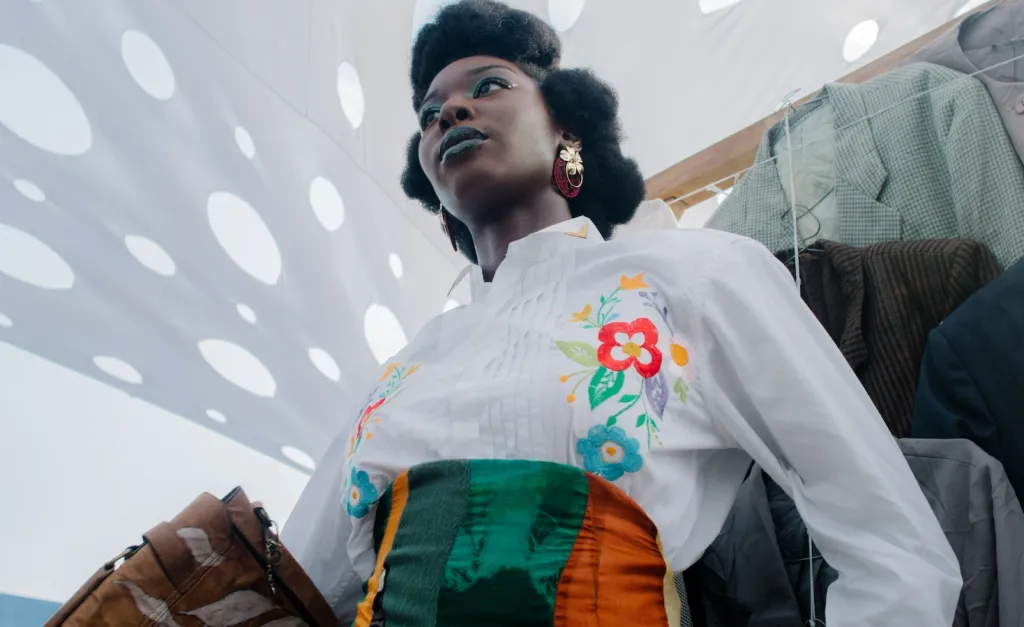Europe is widely regarded as the cradle of global fashion. From the elegant runways of Paris to the edgy streets of Berlin, European fashion is a complex blend of tradition, innovation, culture, and craftsmanship. It has long influenced the global style narrative and remains a powerhouse in both haute couture and ready-to-wear markets. The fashion industry in Europe is not only a major economic force but also a reflection of its diverse cultural identity.
Historical Roots of European Fashion
European fashion has deep historical roots that date back centuries. In the 17th and 18th centuries, French royal courts set the tone for elegance and opulence, with fashion being a symbol of status and power. Versailles became the center of fashion innovation under Louis XIV, where tailors and dressmakers crafted intricate designs for the nobility.
In the 19th century, Paris emerged as the undisputed fashion capital of the world. The introduction of haute couture—custom-fitted, luxurious clothing—by designers like Charles Frederick Worth revolutionized the industry. Simultaneously, cities like Milan and London began to establish their own fashion reputations.
Key Fashion Capitals
Europe is home to four of the world’s major fashion capitals: Paris, Milan, London, and Berlin—each offering its own unique style and influence.
-
Paris: Often referred to as the heart of fashion, Paris is synonymous with luxury and elegance. Legendary fashion houses like Chanel, Dior, Louis Vuitton, and Yves Saint Laurent were born here. Paris Fashion Week is one of the most prestigious events in the fashion calendar.
-
Milan: Known for its sleek, stylish, and high-quality craftsmanship, Milan is home to iconic Italian brands such as Versace, Gucci, Armani, and Prada. Italian fashion is known for its attention to detail, tailored designs, and luxurious fabrics.
-
London: A blend of classic and contemporary, London fashion is daring, rebellious, and ever-evolving. From Burberry to Alexander McQueen, London celebrates both tradition and avant-garde fashion.
-
Berlin: While not historically a fashion capital, Berlin has emerged as a hub for alternative and sustainable fashion. It supports young designers, streetwear, and eco-conscious brands, setting trends that appeal to modern urban youth.
European Fashion Industry Today
The European fashion industry is a vital part of the continent’s economy. It contributes billions of euros annually and employs millions across design, production, marketing, and retail. With the rise of fast fashion and e-commerce, European fashion brands have had to adapt to rapid consumer demand and digital platforms.
Yet, Europe remains a stronghold of luxury fashion, which focuses on heritage, quality, and exclusivity. Brands such as Hermès, Balenciaga, and Fendi continue to produce items that are not only stylish but also status symbols.
Moreover, European designers are increasingly focusing on sustainability, responding to growing concerns over climate change, ethical production, and environmental impact. Cities like Copenhagen are leading the sustainable fashion movement, pushing for eco-friendly materials, circular economy models, and transparent supply chains.
Fashion Influencers and Street Style
Fashion in Europe is not just dictated by designers and brands—it also thrives on street culture and influencers. European street style is often more understated than in other regions but exudes effortless sophistication. Scandinavian minimalism, Parisian chic, and British eclecticism inspire millions around the world.
Social media platforms such as Instagram and TikTok have empowered a new generation of fashion influencers. These individuals—many of whom are based in European cities—shape trends, promote indie designers, and connect global audiences to European fashion aesthetics.
The Role of Fashion Weeks
Fashion weeks in Europe are key moments in the global fashion calendar. Each year, Paris, Milan, London, and Copenhagen host runway shows that introduce new collections from major brands and emerging designers. These events not only dictate seasonal trends but also serve as cultural spectacles that blend fashion with art, music, and technology.
During these fashion weeks, buyers, journalists, celebrities, and influencers gather to see what’s next, often setting the tone for global trends in the months ahead.
Fashion and Culture
European fashion is deeply intertwined with the continent’s art, architecture, music, and history. Designers often draw inspiration from their cultural heritage—be it the baroque architecture of Italy, the romanticism of France, or the punk rock legacy of the UK.
This cultural richness ensures that European fashion is never one-dimensional. Instead, it continually reinvents itself while respecting the legacy of craftsmanship and design excellence.
Future of European Fashion
As the fashion industry evolves, Europe faces the challenge of balancing tradition with innovation. Digital fashion shows, 3D design, AI-driven styling, and virtual try-ons are becoming increasingly common. At the same time, consumers are demanding more ethical and sustainable practices.
Europe is well-positioned to lead this transformation. Its combination of luxury heritage, design schools, manufacturing expertise, and forward-thinking creativity ensures that European fashion will remain a global leader for decades to come.
Conclusion
The fashion of Europe is more than clothing—it’s an expression of history, culture, innovation, and identity. From the glamorous runways of Paris to the streetwear of Berlin, European fashion continues to captivate and inspire. As it embraces sustainability and digital transformation, it not only preserves its storied past but also boldly steps into the future, influencing how the world dresses and expresses itself.


